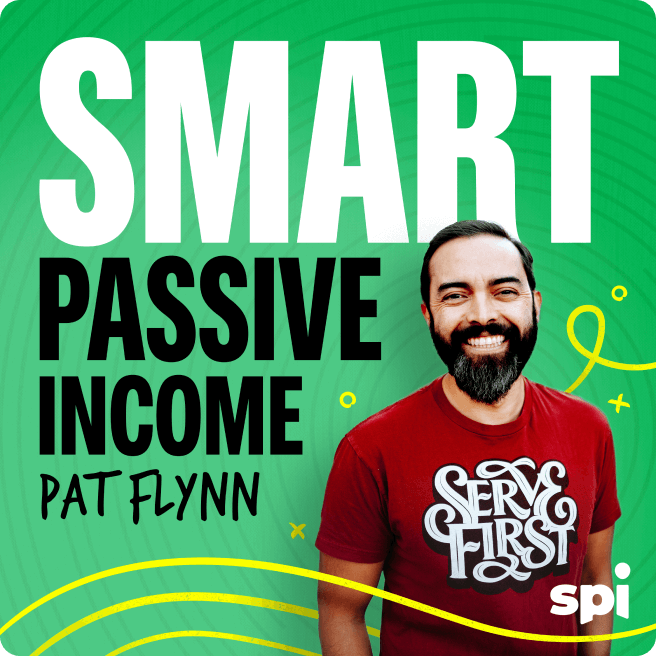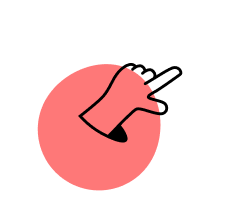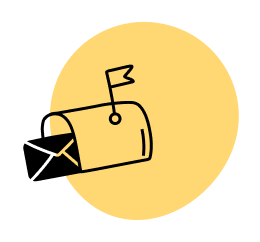One of my favorite things that happens as a result of this podcast is when a listener or fan says, “You know what, Pat? I noticed that you haven’t really talked about [topic] much, but it’s so, so important. Is there anything you can do about it?” We get a lot of feedback like that, and we appreciate it. We’re always trying to improve, and how would we know how to improve if it weren’t for the people in our community who speak up?
Today, I wanted to highlight one of those community members. His name is Dustin Bakkie. Dustin started his online journey focused on effective teaching and course design. He’s helped a lot of teachers, especially through his YouTube channel. He has a lot of really popular videos that have helped teachers, especially during COVID, with how to effectively use Zoom, and how to create really good curriculums online, something that obviously bleeds over into entrepreneurship.
But Dustin recently had an epiphany that he could serve his audience even better by helping creators like us create accessible online content.
What does that mean? It refers to the ability of all people, regardless of ability or disability, to access what we create. Dustin is really focused on helping foster and normalize inclusive digital communities. I love that, and I’m so glad he’s here today to talk about what that means and how you can start to implement it in your own business. I think a lot of us creators know how important accessibility should be, but we’re worried that it’s really complicated. Well, Dustin is here to break things down and show us that it’s not as complicated as we might think. So sit back and listen in, because we’re going to be learning something very important today that you may not have heard anywhere else.
Today’s Guest
Dustin Bakkie
Dustin Bakkie is a teaching and learning expert, a father of two boys, a husband, and a general nerd. He teaches at Chico State in Chico, CA, where he is known for developing innovative and inclusive classes. Beyond teaching, he works as a Faculty Development Fellow helping other professors improve their courses, and was recently named the Inclusive Educator of the year for the 2020/2021 school year. Dustin founded the High Impact Teaching Lab to bring his expertise in effective, accessible, and inclusive teaching to digital course creators and entrepreneurs. His mission is to improve the online teaching & learning landscape by helping course creators develop high-impact courses that are effective and accessible!
You’ll Learn
- How the arrival of Dustin’s second child set him down his current path
- The important difference between accessibility and universal or inclusive design
- Why Dustin founded the High Impact Teaching Lab, and how it’s helping bring accessible content to digital course creation
- Why you need to be aware of your audience members’ diverse learning styles
- The easy steps you can take to improve the accessibility of your online courses
- How to create more accessible content using a couple of awesome free tools
- The crucial role of transcripts in helping people access your content (and why it’s okay when they’re not perfect)





